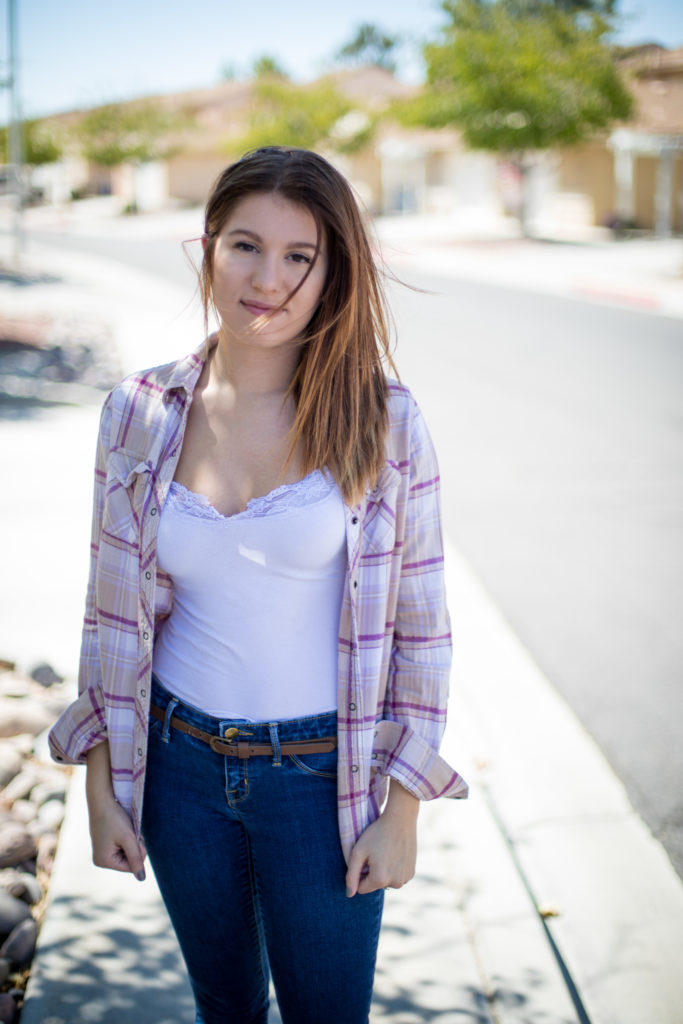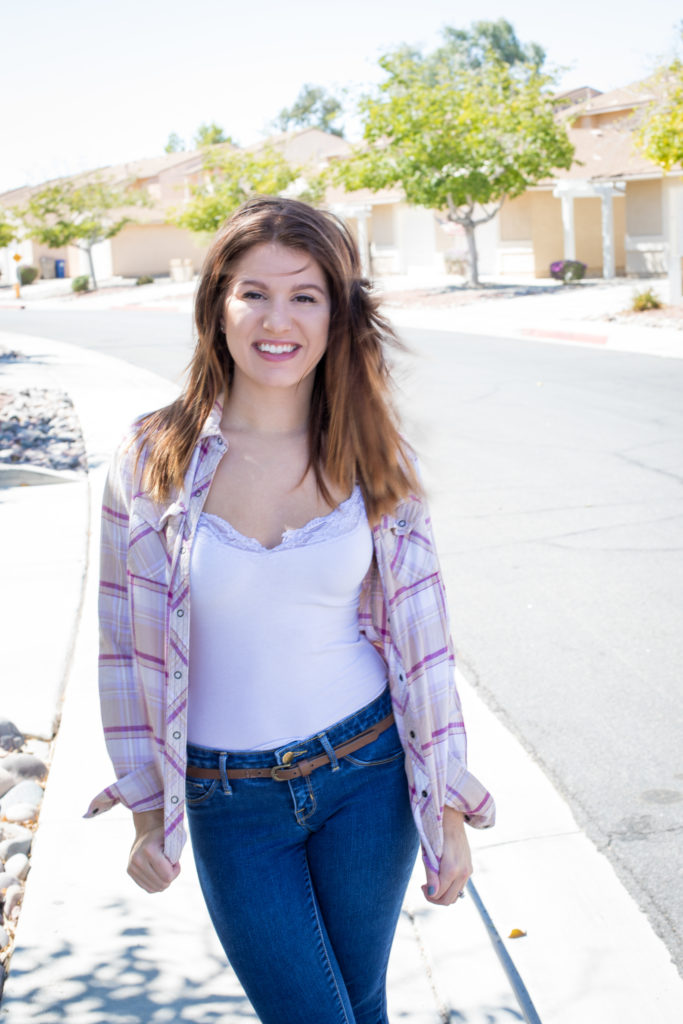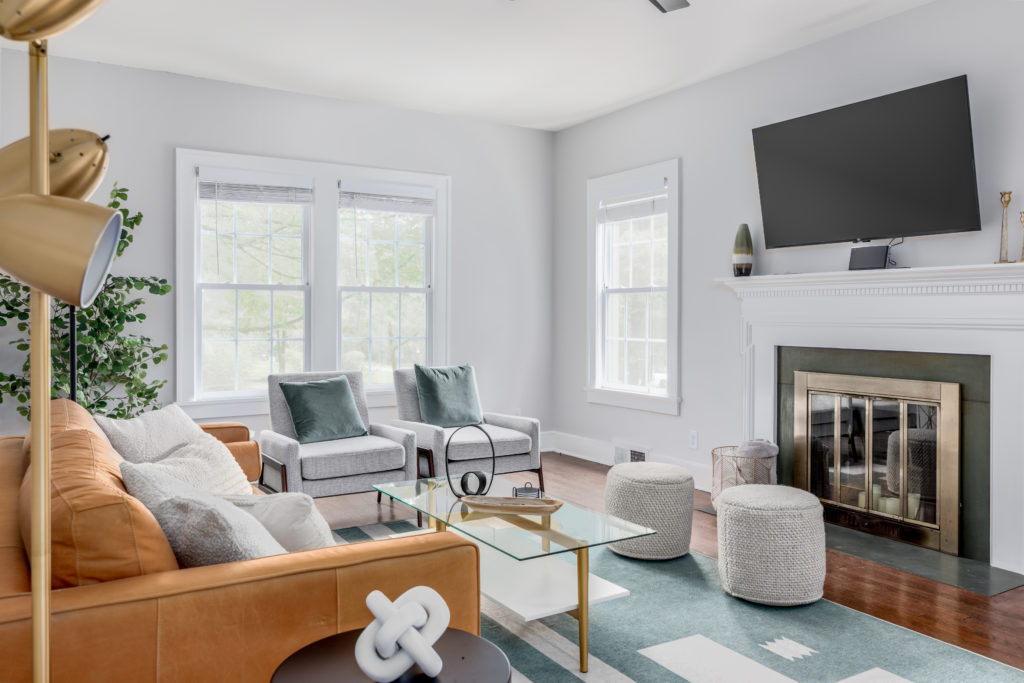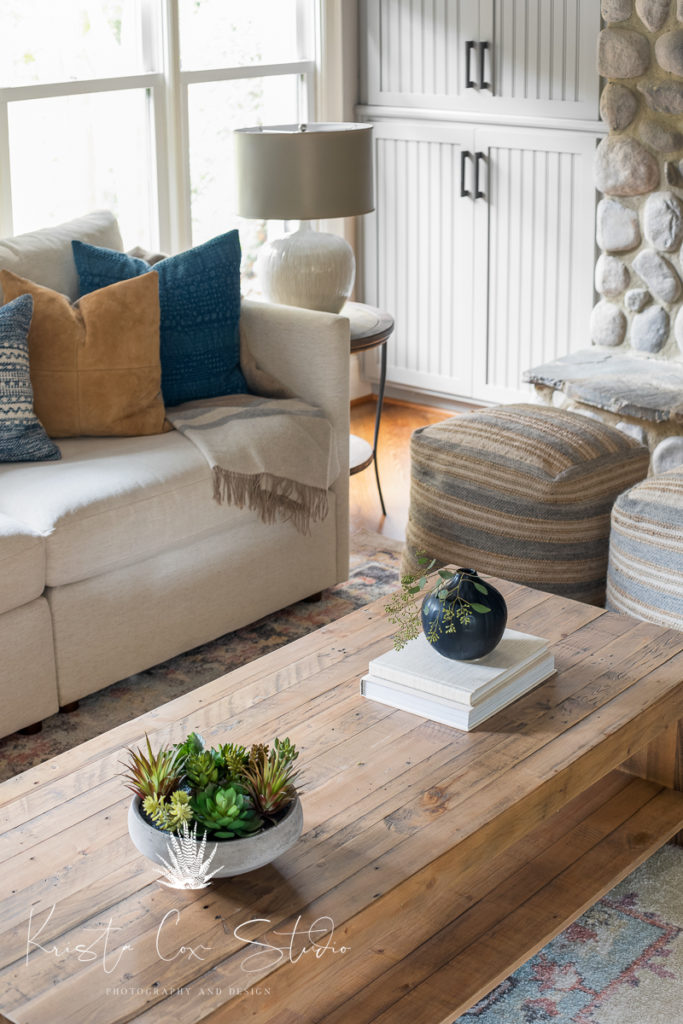
Interior Photography in Charlotte, NC
I was recently commissioned by Jennifer Morrell with An Inspiring Home to photograph her latest interior design project down in Waxhaw, NC (just out of
FILED UNDER
POSTED ON
Welcome to the second installment of our “super-mini series” on how to get off that camera auto setting! We’re breaking down the 3 major camera settings into 3 simple posts to make each element comprehensive and easy to master. Now if this is your first stop in the series, I highly recommend checking out the previous post on Shutter Speed to start at square one. Getting a handle on motion is easy and an empowering foundation! If you’ve already become a motion pro, then great job!!! Let’s take it to the next step and talk about aperture.
In my opinion, properly used aperture is what separates a good portrait from an amazing portrait, a cool landscape from a breathtaking shot. So what is this weird and magical term? Aperture is just a technical way to refer to depth of field. Depth of field is just a fancy way to say how much of the photograph will be in focus. Aperture settings are displayed with an F followed by a number, for example F1.4, but for now all you need to look at is the number value.
Don’t let me lose you on this, it doesn’t have to be complicated! Check out these 2 photos:


On the left, we have the subject in focus but the background is completely blurred out. In the right image, the subject is still in focus, but the background is much more clear and distinct. This is because the left image has a low aperture of F2.2 (shallow depth of field) and the right image has a high aperture of F14 (high depth of field).
There is a technical science on how this effect is created and trust me I could talk about it forever. It has to do with how wide the shutter opens. But for the purposes of this article you need to know this:
So how can you apply this to your photography? I’m so glad you asked! When you are taking portraits and close ups of a subject, use lower apertures to create that dreamy effect. You’ll want to use higher apertures for landscape photography, architectural photography, and sometimes sport photography to keep that full image in focus.
Take look at that camera setting dial and find the “Av” setting. Av stands for Aperture value. Spend some time taking photos with the the lowest aperture setting as well as the highest setting and then show me what you come up with! If you get brave, try flipping over to the “M” setting and seeing how you can adjust both settings to work together but don’t forget we’re still missing a piece of the puzzle. Here’s a hint, it’s called ISO and it’s the third and final installation of this super-mini series! Check it out HERE!
Share this post
meet krista
I’m a Jesus loving mom of two with an eye for beautiful things. When I was a kid, I always wanted to grow up to “make things” and that’s exactly what I did.
I started out as an interior designer with a side passion for
photography. Over time, I began to find more and more joy from my work behind the camera. Once I made the jump full time, there was no turning
back.
I now have a team of photographers that work with Real Estate Agents, Interior Designers, and Builders creating internet worthy media while also sharing with others how I do it!
search the site
featured posts
post categories
Free Resources

I was recently commissioned by Jennifer Morrell with An Inspiring Home to photograph her latest interior design project down in Waxhaw, NC (just out of

I am beyond excited to start seeing new architectural styles reaching my area, especially when I get to photograph them! Here we have a stunning

The Farriss House Airbnb in High Point, NC is a gorgeous mid-century modern getaway. I had so much fun with this photoshoot!

Located in the beautiful Waxhaw, NC (Southern end of Charlotte) this space designed by Jennifer Morrell with An Inspiring Home is utterly breath taking. As
stagnate photos linked to instagram

Never miss a thing!
Enter your email below to follow my journey through interior and real estate photography!
© 2024 KRISTA COX STUDIO | ALL RIGHTS RESERVED